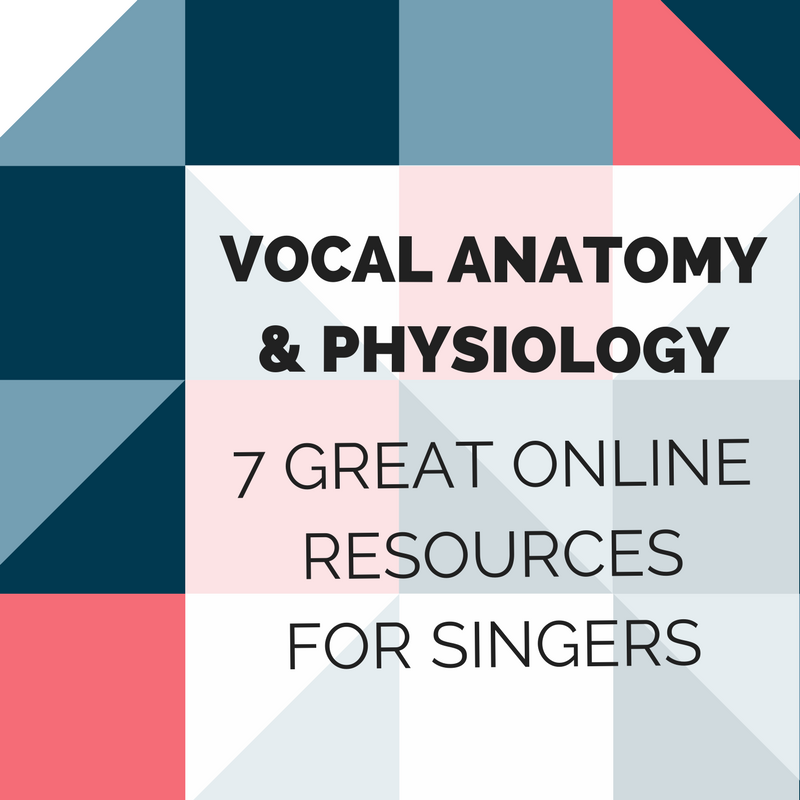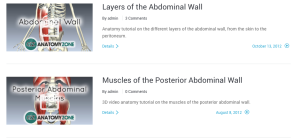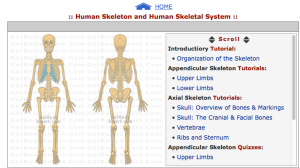 The internet is full of wonderful (free) resources for singers and singing teachers. But sometimes it might be difficult to filter out the “good stuff” from the massive amount of links that are being shared on social media sites like Twitter and Facebook. And unless you happen to be very organised in keeping track of your internet bookmarks, many great links tend to get lost somewhere down the road.
The internet is full of wonderful (free) resources for singers and singing teachers. But sometimes it might be difficult to filter out the “good stuff” from the massive amount of links that are being shared on social media sites like Twitter and Facebook. And unless you happen to be very organised in keeping track of your internet bookmarks, many great links tend to get lost somewhere down the road.
Here I have collected some of my favorite online resources for singing teachers and singers who want to learn more about the anatomy and physiology of the voice. The list is far from being “complete”, so if you have more quality online resources on vocal anatomy and physiology you’d like to be added to the list, please mention them in the comments below.
The resources below are listed in alphabetical order:
Anatomia
Anatomia is an electronic resource developed at the University of Toronto, designed to assist medical and dental students with understanding of functional human anatomy. The site is a wonderful learning tool and contains a tutorial section on the anatomy of the larynx in 3D, a digital dissection of the larynx, video laryngoscopy, and self-evaluation tests (basic and advanced levels).
Anatomyzone
Anatomyzone is a website with free video tutorials on the anatomy and functions of the body. Especially interesting for singers and singing teachers are the 3D videos on the respiratory system, including tutorials on the ligaments, membranes, mucosa and muscles of the larynx, as well as the videos about the musculoskeletal system.
CVT Research Site
The CVT Research Site is the number one internet resource for anyone interested in Complete Vocal Technique related voice research. Being an Authorised CVT Teacher myself, I am very excited about this site and keep referring to it a lot. The site presents the ongoing research and debate that forms CVT, and describes how CVT is being tested, discussed and developed. On the site you will find:
- Illustrations and descriptions of the larynx and how the voice works
- Definition of terms and a glossary
- Sound examples from the CVT Sound Library
- Descriptions and the sound of Neutral, Curbing, Overdrive and Edge, including the transitions between the modes
- Description and sound of effects
- Laryngeal recognition of the vocal modes and effects
- Laryngograph waveform recognition of the vocal modes and effects
- Endoscopy and high speed videos from CVT research
- Extensive data and test results
- CVT-related papers and proceedings
- List of Conferences & Abstracts on CVT-related subjects presented at conferences since 1996
With the CVT research site, Complete Vocal Institute aims to make the data, research and knowledge easily accessible for everyone interested in voice research, and for anyone who wants to understand and study the human voice. The site is continued to be developed on a regular basis. A very handy feature are the notifications that readers can automatically receive whenever a page on the research site is updated. All old versions of any page will also be stored, and researchers can link to the exact version of any article or page so references can be used in scientific work.
This video gives you a little glimpse into the CVT research done by Cathrine Sadolin and Julian McGlashan:
Get Body Smart
Get Body Smart is an online human anatomy and physiology textbook. What I especially like about Get Body Smart are the tutorials with interactive animations that help you learn about the functions of the human body, and the quizzes that come in handy if you want to check your knowledge on the subjects! Although it might be tempting for singers to just study the anatomy of the larynx, pharynx and respiratory system, remember to also have a look at the functions of the rest of the body, such as the muscular system and skeletal system too.
…it’s all connected!
Music video: Better Man Than He by Sivu
I love this music video and keep referring to it as a vocal anatomy and physiology resource, because not only is it informative and interesting for “vocal nerds”, but it’s also connecting research with art and shows us the human instrument in action during singing. If you’re interested in learning more about the nasal passage and sound colour in singing with this video, check out a mini-lesson that I wrote inspired by the video.
Vocal Process / Build Your Own Larynx
Jeremy Fisher and Gillyanne Kayes from Vocal Process in The UK have tons of valuable resources available for singers and singing teachers. One of my favorite resources from Vocal Process is the ‘Build Your Own Tilting Larynx‘. In all its simplicity, this paper larynx can help you or your students learn many things about the larynx and its functions. The model is available as a free PDF template download, and you might also want to check out the video with building instructions:
3D View of Diaphragm
This simple video shows the movements of the diaphragm during respiration. I have found it a helpful learning aid for singers who need visual feedback or who are eager to know about the “logic” behind things:



